Chapter 12
Immunology Applications
By Boundless
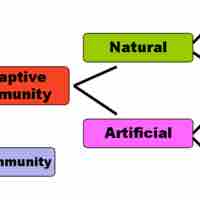
Passive immunization can be exogenously administered (artificial) or transferred from mother to fetus (natural).
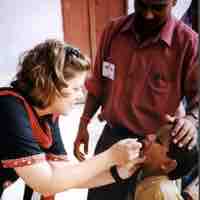
Vaccination is a proven way to prevent and even eradicate widespread outbreaks of life-threatening infectious diseases.
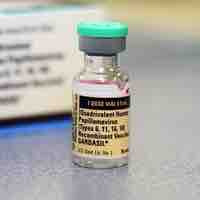
New vaccines are being developed to control recent infectious disease epidemics and cancers.

Vaccines carry risks, ranging from rashes or tenderness at the site of injection to fever-associated seizures.
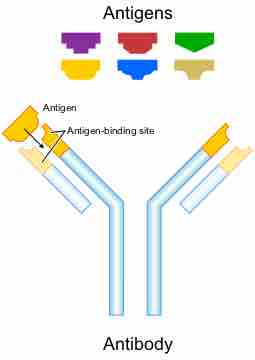
Immunoassays are laboratory techniques based on the detection of antibody production in response to foreign antigens.
Antibodies, part of the humoral immune response, are involved in pathogen detection and neutralization.
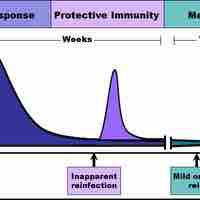
Serology is the study of blood serum and other bodily fluids for the identification of antibodies.
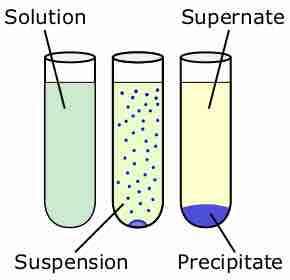
Precipitation reactions are serological assays for the detection of immunoglobulin levels from the serum of a patient with infection.

Agglutination reactions are used to assess the presence of antibodies in a specimen by mixing it with particulate antigens.

Neutralization reactions are used to inactivate viruses and evaluate neutralizing antibodies.
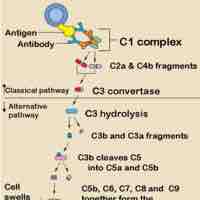
Complement fixation is a method that demonstrates antibody presence in patient serum.

Fluorescent antibodies are antibodies that have been tagged with a fluorescent compound to facilitate their detection in the laboratory.
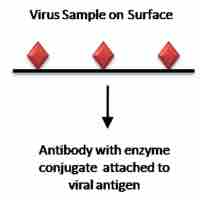
Enzyme-linked immunosorbent assay (ELISA) is a solid-phase enzyme immunoassay used to detect the presence of a substance in solution.
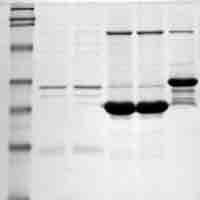
Immunoblot is a technique for analyzing proteins via antigen-antibody specific reactions.
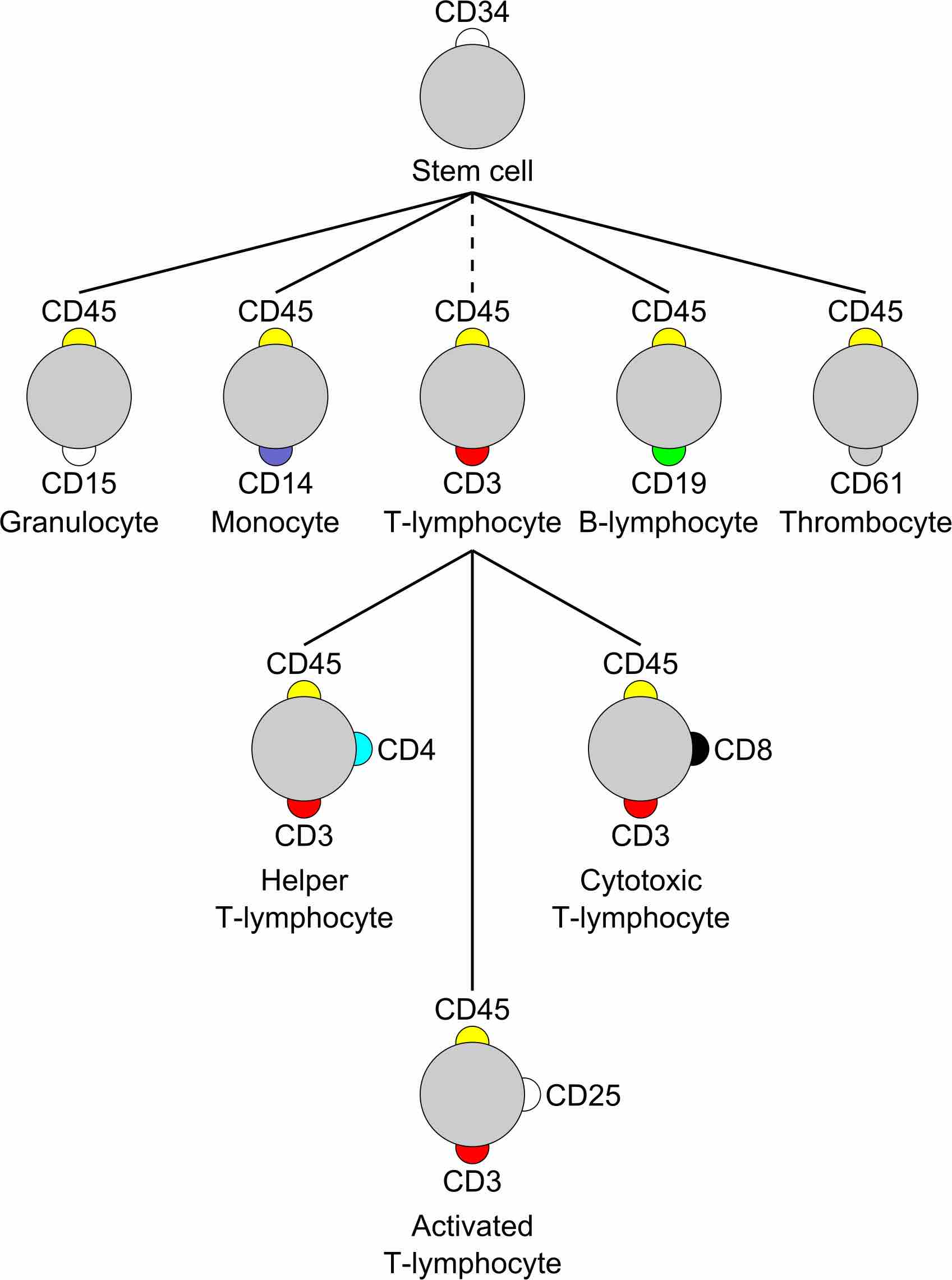
Methods used to differentiate T cells and B cells include staining cell surface receptors and functional assays like the T lymphocyte cytotoxicity assay.
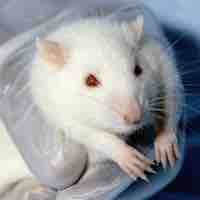
In vivo testing using animal models of disease help discover new ways of solving complex health problems.
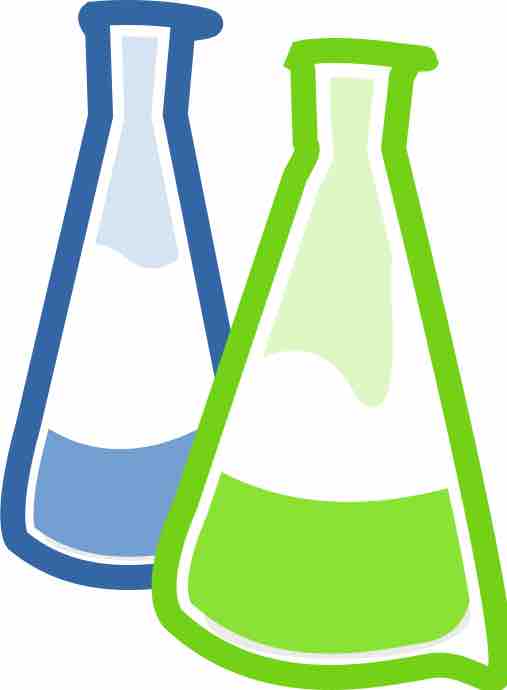
The future of diagnostic immunology lies in the production of specific antibody-based assays and the development of improved vaccines.
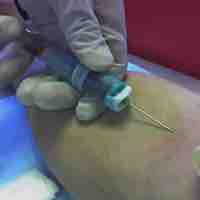
Laboratory diagnosis of diseases begins with the collection of a clinical specimen for examination or processing in the laboratory.
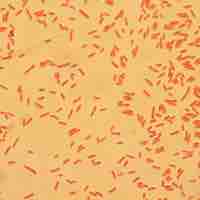
Following collection in appropriate containers, clinical specimens undergo a rapid examination in the laboratory.

Following direct examination, clinical specimens are cultivated to generate more confirmatory data.
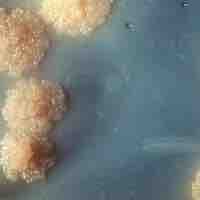
Genotyping of pathogenic isolates provides valuable support during investigations of suspected outbreaks and when tracing infectious diseases.

Nucleic acid sequencing and rRNA analysis consist of comparing nitrogen bases in rRNA.

Type I (or immediate/anaphylactic) hypersensitivity can be caused by the body's response to a foreign substance.
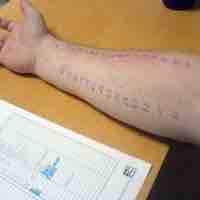
Allergy testing can help confirm or rule out allergies, reducing adverse reactions and limiting unnecessary avoidance and medications.
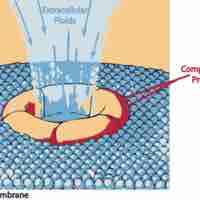
In type II (cytotoxic) hypersensitivity, the antibodies produced by the immune response bind to antigens on the patient's own cell surfaces.
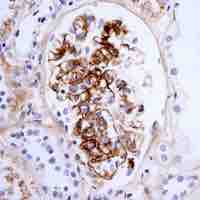
Type III hypersensitivity occurs when there is little antibody and an excess of antigen, leading to the formation of small immune complexes.
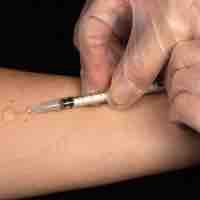
Type IV hypersensitivity reactions are cell-mediated and take 2 to 3 days to develop.
Immunodeficiency occurs when the immune system cannot appropriately respond to infections.
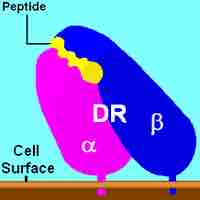
Autoimmunity is the failure of an organism in recognizing "self" which results in an immune response against its own cells and tissues.

Autoimmunity is a result of the failure of an organism's immune system to recognize "self".
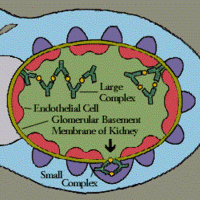
An immune complex is formed from the integral binding of an antibody to a soluble antigen and can function as an epitope.
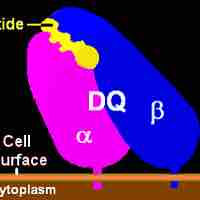
Cell-mediated autoimmunity can happen by several mechanisms involving cells of the immune system and their receptors.

Primary immunodeficiencies are disorders in which part of the body's immune system is missing, or does not function properly.
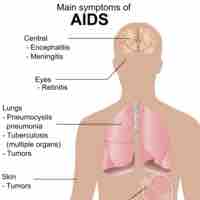
Secondary immunodeficiencies refer to acquired immune system disorders.
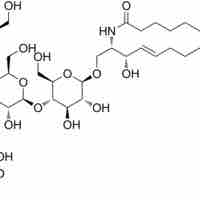
Cancer immunotherapy is the use of the body's own immune system to reject cancer.